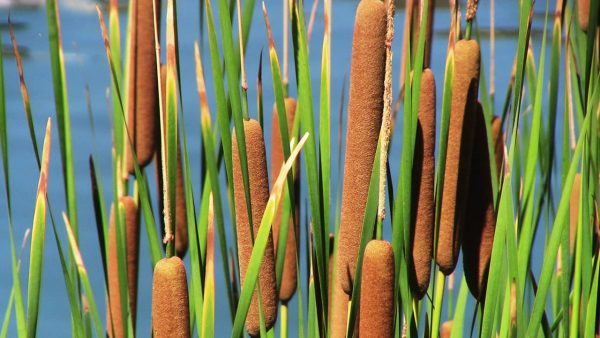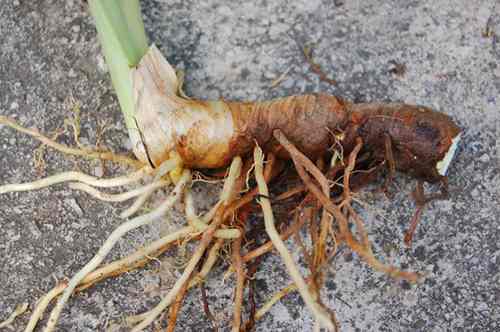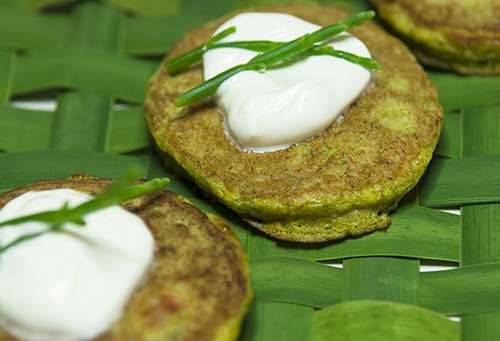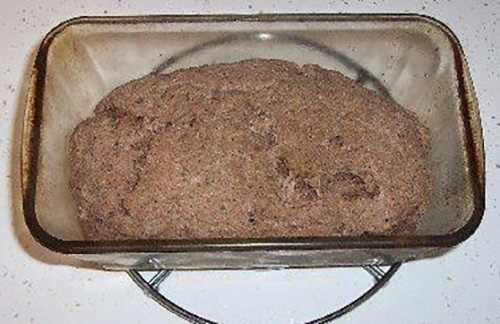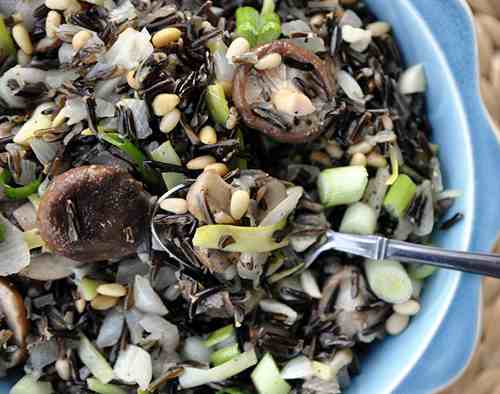Cattails (Typha latifolia) are amongst Earth’s most versatile vegetation. With good purpose it’s known as the “Grocery store of the Swamp,” as a result of it may be utilized in all 4 seasons. They even impressed the motto of the Boy Scouts: “You identify it, and we’ll make it from cattails!”. The vegetation will be discovered just about wherever within the wilderness, the place there’s a supply of water all through your entire continent of North America and nearly in every single place within the Western hemisphere.
Various Sensible Functions
It’s mentioned that if an individual misplaced discovered cattails within the forest, they’d have had 4 of the 5 objects required to make sure their survival: water, meals, shelter, and gasoline. For thus many various causes the Native Individuals used the cattails:
Crafts (utilizing inexperienced or dried leaves or fluff):
- Shelters’ covers
- Making mats, blankets, and baskets
- Making cordage used for searching or fishing, as ropes, for belts and straps, for protection gear, as arrow shafts, and so forth
- The fluff was used to insulate footwear and hats, for stuffing pillows, or for a child’s cradle board.
Drugs
- The pollen is hemostatic and astringent. It was used for controlling exterior and inside bleeding, chest pains, and different types of blood stagnation. The pollen can also be mildly diuretic.
- Roots have been used to deal with burns, insect bites, scrapes, and bruises. Contemporary, ponded roots have been used immediately as a poultice for open blisters and infections but in addition as a toothpaste if mashed up.
- The ash of burnt vegetation was used for its antiseptic properties and is nice for treating wounds and abrasions.
Gasoline and illumination
- Boiled, filtered, and fermented cattail roots launch ethanol, which is now used as a biofuel.
- The fluff contained in the cattail’s head makes for a superb tinder for beginning fires.
- The brown flower heads could possibly be used as torches or as an illumination supply if dipped in wax. The smoke may even drive away any bugs.
Associated: 21 Wild Edibles You Can Discover in City Areas
Eatable Elements of Cattail Throughout Spring:
Cattail Shoots/Stalks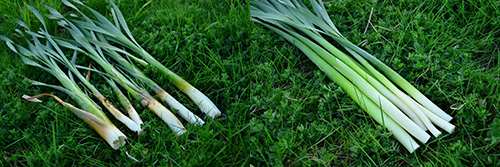
This a part of the younger plant will be eaten uncooked or cooked like corn on the cob or asparagus. They include potassium, phosphorus, and nutritional vitamins A, B, and C, and so they style like a cross between a cucumber and a young zucchini. Moreover, the cattail shoot is without doubt one of the strongest protein and unsaturated fats pure sources and it incorporates enzymes and minerals wealthy in vitamins.
Late Spring:
Leaves
The cattail leaves are glorious for salads or sandwiches when they’re younger and tender.
Eatable Elements of Cattail Throughout Summer season:
Pollen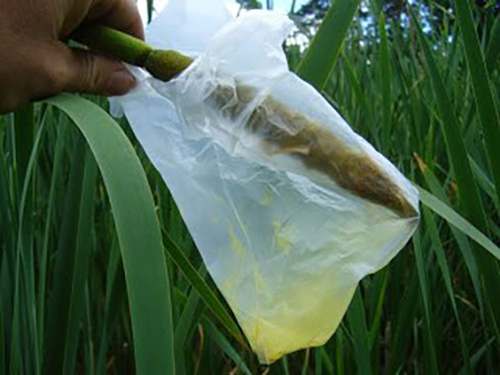
There’s in all probability no different pollen on the planet as straightforward to reap by the pound as cattail and there are such a lot of tasty issues to do with this wonderful, flour-like staple. To gather it, you’ll want to position a bag over the top of the cattail plant and shake to seize the pollen. It may be eaten uncooked—sprinkle it in yogurt, fruit smoothies, oatmeal, or salads—or use it as a flour complement or thickener for gravy and soups.
Eatable Elements of Cattail Throughout Autumn and Winter:
Roots/Rhizomes
The underground lateral stems are known as rhizomes—though most of us would merely name them roots—and the most effective interval to reap them is from late autumn to early spring. These elements are edible any time of the 12 months.
Cattails include ten instances the starch of an equal weight of potatoes.
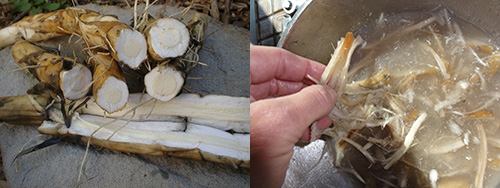
With a purpose to harvest the starch, which could be very candy and engaging, you’ll must totally clear the roots and mince or crush them earlier than you place them in clear water. Then you possibly can both go away the pounded chunks in clear water and anticipate the starch to settle to the underside, you possibly can filter it or you possibly can boil them down. The most effective time to gather the starch is in late fall and winter, when the starch is saved within the rhizome.
A single acre of cattails can produce roughly 6,474 kilos of flour throughout a mean 12 months.
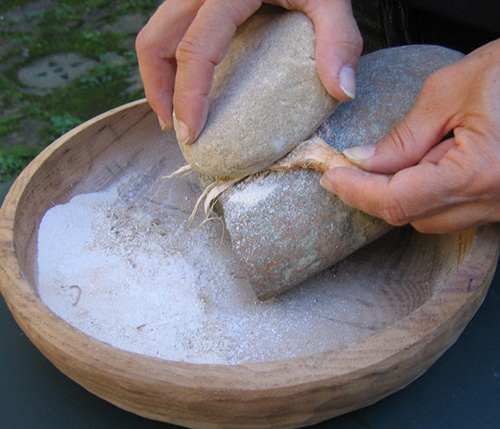
First, it’s essential peel and chop the roots after which clear them very effectively. Subsequent, you’ll should take away the lengthy fiber strings, pound them right into a powder after they’ve been allowed to dry utterly, after which use that as flour.
Recipes
1. Scalloped Cattails
Elements:
- 2 cups of chopped cattail tops
- 2 eggs
- ½ cup melted butter
- ½ tsp. sugar
- ½ tsp. nutmeg
- ½ tsp. black pepper
- 1 cup milk (scalded at 180°F)
Directions:
- Combine the cattail tops, eggs, butter, sugar, nutmeg, and black pepper in a bowl whereas slowly including the scalded milk and mix effectively.
- Pour the combination right into a greased casserole dish, high with grated Swiss cheese (elective) and add a dab of butter. Bake at 275°F for half-hour.
Associated: The way to Bake Dandelion Bread [Recipe Inside]
2. Cattail Pollen Biscuits
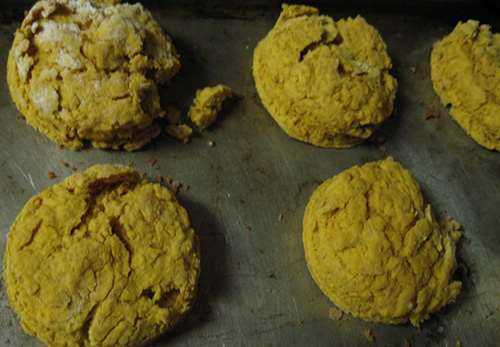
Elements:
- 3 Tbsp. baking powder
- 1 1/3 cup flour
- ¼ cup cattail pollen
- 1 tsp salt
- 4 Tbsp. shortening
- 1/3 cup milk
Directions:
- Preheat oven to 450°F.
- Combine all elements.
- Lower the dough into biscuit shapes; and bake them at 425 for 20 minutes.
3. Cattail Pollen Pancakes
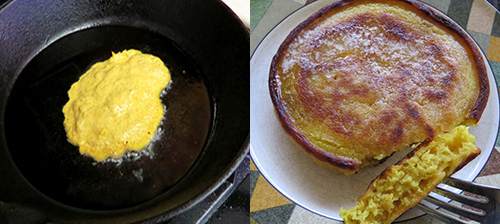
Elements:
- ½ cup cattail
- ½ cup flour
- 2 Tbsp. baking powder
- 1 Tbsp. salt
- 1 egg
- 1 cup milk
- 3 Tbsp. bacon drippings
Directions:
- Combine all elements.
- Pour onto a sizzling skillet or griddle in four-inch pancake quantities.
4. Cattail Casserole
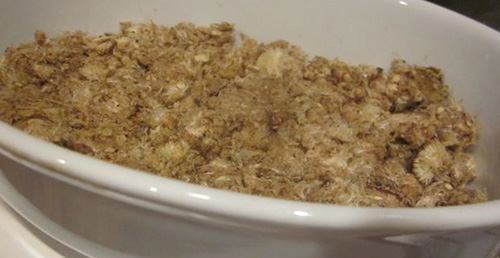
Elements:
- 2 cups scraped cattail spikes
- 1 cup bread crumbs
- 1 egg (overwhelmed)
- ½ cup milk
- 1 diced onion
- Salt and pepper (based on style)
- ½ cup shredded cheddar cheese
Directions:
- Mix all elements in a casserole dish; and place in an oven set to 350°F for 25 minutes. Serve sizzling.
5. Cattail Acorn Bread
Elements:
- 1 cup acorn flour
- 1 cup cattail flour (or one other flour with gluten)
- 2 Tbsp. baking powder
- ½ tsp. sea salt
- 3 Tbsp. honey, agave nectar or pure maple syrup
- 2 omega-three eggs (or common), overwhelmed
- ¾ cup entire milk
- 3 Tbsp. olive, grape seed or coconut oil
Directions:
- Combine all the elements collectively.
- Pour right into a greased loaf pan.
- Bake at 400°F for half-hour.
6. Cattail Wild Rice Pilaf
This recipe will be made with brown rice; however the wild rice provides a particular dimension to it.
Elements:
- 1 cup dry wild rice (4 cups cooked)
- 2 Tbsp. sesame oil
- ½ cup chopped inexperienced onion
- 2 cups cattail shoots, sliced (about 30 cattails)
- 2 Tbsp. salt
- ½ cup slivered almonds
Directions:
- Prepare dinner the wild rice till tender.
- Sauté the onion and cattail shoots in sesame oil till tender and translucent.
- Combine the rice and the sautéed cattail shoots and onion collectively.
- Add the salt and slivered almonds.
- Serve sizzling.
7. Cattail Wild Rice Soup
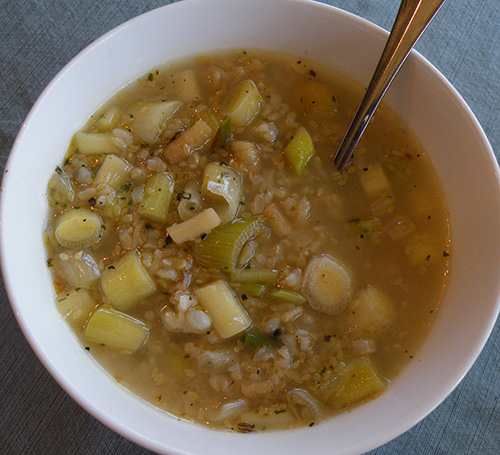 Elements:
Elements:
- 1 cup dry wild rice (4 cups cooked)
- 2 tablespoons sesame oil
- ½ cup chopped inexperienced onion
- 2 cups cattail shoots, sliced (about 30 cattails)
- 2 Tbsp. salt
Directions:
- Prepare dinner the wild rice till tender.
- In a heavy-bottomed soup pot, sauté the onion and cattail shoots in sesame oil till tender and translucent.
- Add the cooked wild rice, salt, and 4 cups of hen broth or different soup inventory of your selection.
- Simmer collectively for 15–20 minutes and serve.
8. Cat-on-the-Cob with Garlic Butter
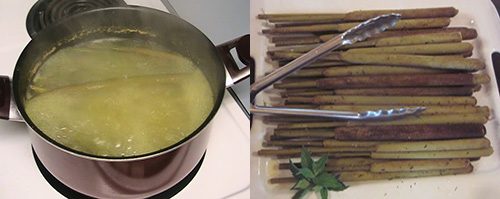
Elements:
- 30–40 cattail flowerheads; peeled
- Garlic butter:
- ½ cup unsalted butter
- ½ cup olive oil
- ½ teaspoon salt
- 12 garlic cloves; crushed
- 1 cup freshly chopped wild greens (or parsley or different recent backyard herbs)
Directions:
Make garlic butter in a meals processor by whipping the butter, oil, salt, recent garlic, and parsley collectively till easy.
Notice: If utilizing salted butter, get rid of the salt from the recipe.
The olive oil makes the butter good and creamy and spreadable, even after refrigerating. I wish to make a batch of this to maintain helpful within the fridge. You too can make a bigger batch forward to freeze in small containers when the greens are in season.
- Boil cattail flowerheads in water for 10 minutes.
- Make garlic butter in a meals processor by whipping the butter, salt, recent garlic, and parsley collectively till easy.
- Drain the cattail flowerheads and slather them generously with the garlic butter.
- Eat them similar to miniature corn on the cob.
9. Cattail Flower/Shoots Fridge Pickles
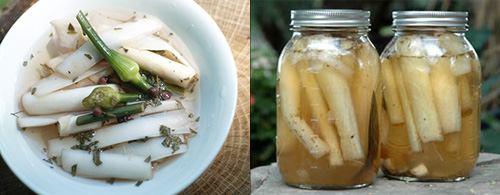
Elements:
- Sufficient cattail flower heads/shoots to tightly fill a quart jar; about 30 or 40
- 4 garlic cloves; peeled
- 1 tsp. entire black peppercorns
- 4 to six bay leaves
- ¾ cup apple cider vinegar (use a few of your natural vinegar!)
- 1½ cup olive oil
- 3 Tbsp. salt
- 1¼ cup water
Directions:
- Boil the cattails in water for five to 10 minutes and drain totally.
- Stuff flowerheads/shoots, garlic, peppercorns, and bay leaves right into a clear, sterile quart jar.
- Mix vinegar, oil, water, and salt in a saucepan.
- Carry to a boil, take away from warmth, and pour over the cattail heads.
- Add a bit extra oil, vinegar, and water if the liquid doesn’t attain to the highest of the jar.
- Cowl and let marinate within the fridge in a single day.
If you’re skilled at making pickles, you would experiment with a few of your favourite pickle recipes and put them up as preserves.
10. Indian Cattail Spoon Bread
Preheat oven to 400°F.
Elements:
- ½ cup butter
- 2 cups recent flower buds or cattails on the cob
- ½ cup diced onions
- ½ cup diced inexperienced pepper
- salt
- 1 cup sharp cheese
- pinch of chili powder
Directions:
- Soften butter in a skillet and add cattail buds, onions, inexperienced pepper, and salt.
- Sauté for five minutes or till tender.
- Pour into greased baking dish.
- Sprinkle with cheese and chili powder.
- Bake till cheese melts.
- Spoon onto plate whereas sizzling.

